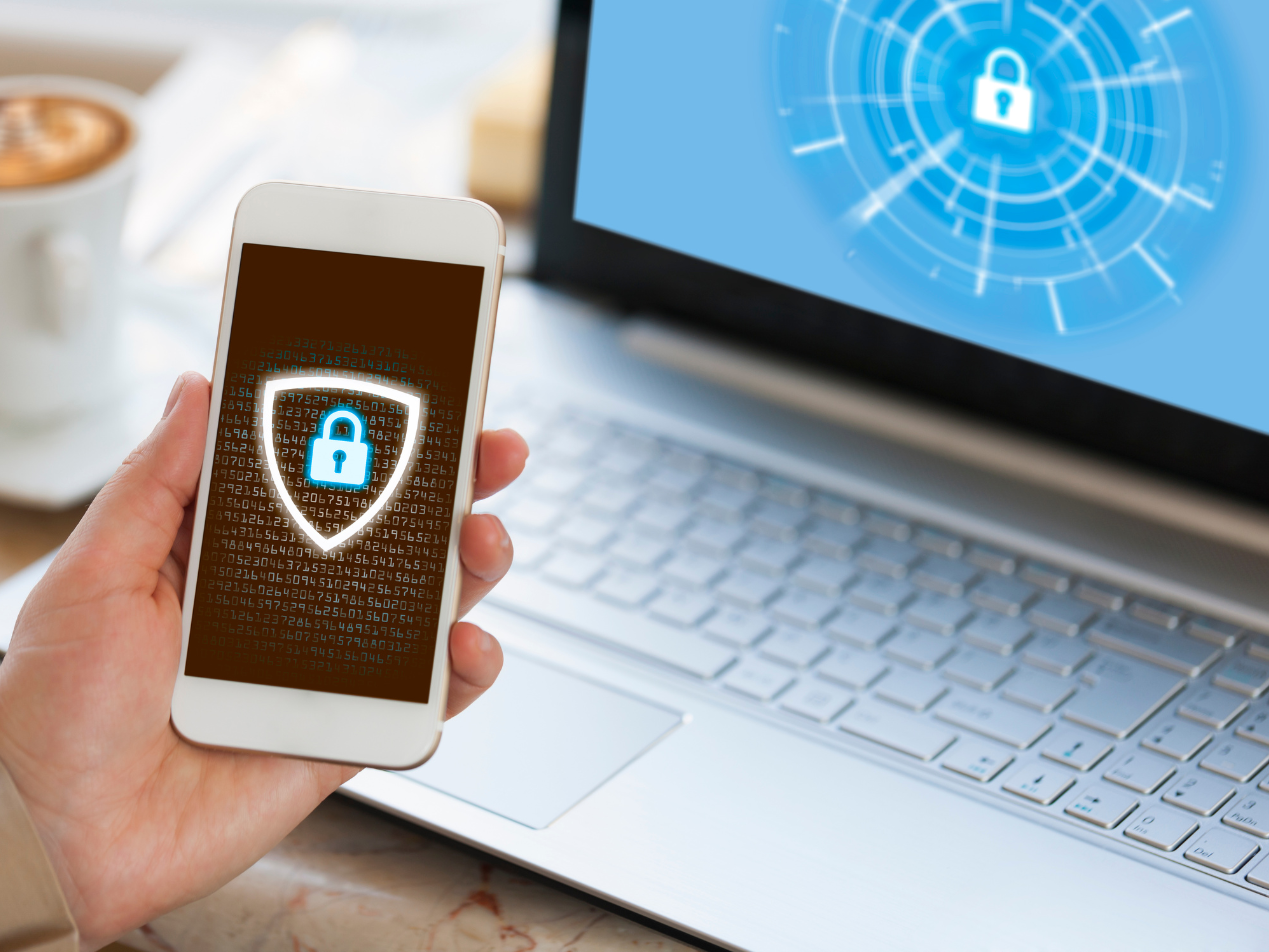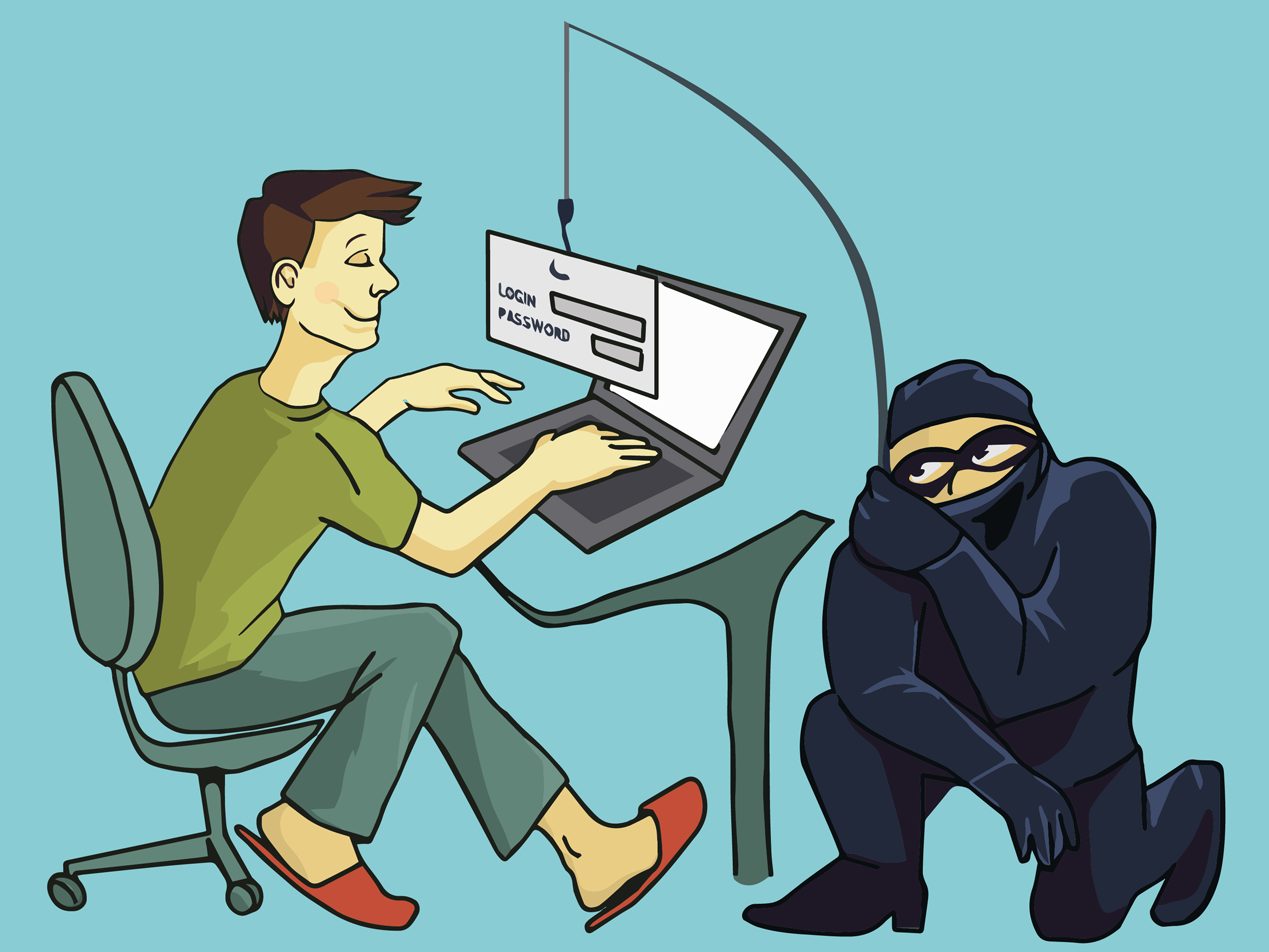
The main concept behind the principle of least privilege is to limit access to something (anything) to keep it secure. When used with an organization’s cybersecurity, that means giving employees the least amount of data needed to do their job. Not every employee needs to see, for example, their coworkers’ or customers’ personal information.
In the case of healthcare, not every employee needs to see patients’ protected health information (PHI). Safeguarding PHI is a concept at the heart of HIPAA, the 1996 Health Information Portability and Accountability Act. It is something that can be easily accomplished using the principle of least privilege. And something that we, at Paubox, welcome in conjunction with strong email security (i.e., HIPAA compliant email).
Let’s explore the principle of least privilege further and how it helps healthcare organizations maintain HIPAA compliance.
The principle of least privilege
According to Wikipedia, the principle of least privilege is also known as the
- principle of minimal privilege
- principle of least authority
Within the military, anything that uses the principle of least privilege includes the label ‘need-to-know.’ Least privilege in cybersecurity means giving employees minimal permissions while still ensuring that they can do their jobs. By minimal permissions, we mean restricting access and limiting network maneuverability. For example, only certain employees should be able to install programs or apps.
Whether by accident, error, or deliberate, employees are the biggest threat to any network. The 2022 Trends in Security Digital Identities report by Identity Defined Security Alliance (IDSA) states that 36% of identity-related breaches are due to inadequately managed privileges. Moreover, 21% are due to insider attacks using excessive privileges.
An access-related breach can be detrimental to any organization, with possible shutdowns, cybersecurity (credential) restructuring, and even reputation loss. Moreover, identity breaches can lead to lateral attacks throughout a network or even hijacking.
The overall outcome when limiting access is to reduce such cybersecurity risks and possible data breaches.
Benefits of limiting privileges
As stated by CISA (Cybersecurity & Infrastructure Security Agency), limiting access keeps “unintentional, unwanted, or improper uses of privilege” from occurring. By limiting which users can access sensitive data, organizations reduce data leakage as well as network infections. When exploring this further, a TechTarget article listed several benefits of blocking access. According to TechTarget, limiting privileges:
- Prevents the spread of malware
- Decreases the chances of cyberattacks
- Improves user productivity
- Helps demonstrate compliance (e.g., with HIPAA)
- Helps with data classification
In general, an organization that utilizes the principle of least privilege should have overall better management of its cybersecurity. It mitigates social engineering attacks because employees cannot easily click or install programs. To push this further, limiting access decreases an organization’s attack surface, making it harder for cyberattackers to find openings.
In fact, when applied to vendors (i.e., business associates), least privilege reduces third-party and fourth-party risks as well.
How to implement least privilege
If possible, least privilege should be part of an organization’s cybersecurity from the beginning. A proactive access management plan ensures that an organization can respond rapidly to issues and change permissions without hesitation. Including privilege management from the start provides an organizational map illustrating who knows what. All that needs to be understood is the why.
To create a well-rounded access plan, it is necessary to review and audit all roles within an organization.
SEE ALSO: Using audit controls to protect patient data
This helps determine needed access rules and must include a look at all histories, passwords, logins app accesses, and endpoints. It is also important to start all accounts with minimal access. This would eliminate unknown administrator privileges and make sure only the needed few have them. Access controls to analyze include:
| Mandatory | Discretionary/temporary | Role-based |
| Long-term | Shared | Rule-based |
| Terminated employees |
While painstaking, it is necessary to look at every access point to see who has unintended access. By creating a strong access management plan, organizations can look for anomalies or misuse.
And as always, organizations must continuously monitor, review, and reset access, as needed.
Take least privilege further with zero trust
Ninety-six percent of those surveyed by IDSA stated that identity-based breaches are avoidable with MFA (multifactor authentication) and timely privileged access. While vital, organizations should take it a step further with zero trust, which is exactly what it sounds like. Zero trust assumes everyone is a threat until proven otherwise. It allows companies better control over employees’ access.
As a security framework, zero trust effectively halts access until someone is proven trustworthy, using MFA and least privilege, along with:
- Microsegmentation
- Monitoring all activities in real-time
- Controlling all device access
Threaded throughout is the idea of using strong and aggressive access management. Zero trust along with least privilege access, demands that organizations verify anything and everything.
Earlier this year, the U.S. White House finalized its Federal Zero Trust Strategy, using the idea of zero trust as a baseline for access controls. The strategy comes to fruition after several high-profile data breaches forced the government to take more of an offensive position.
Federal agencies must adopt zero trust by 2024. But such strong access controls are also vital for all critical infrastructure, like healthcare.
Least privilege and healthcare
Healthcare must consider strong access controls to properly protect PHI. A proactive approach ensures that patients’ PHI is kept secure before it can be stolen or misused. Something particularly vital as healthcare organizations increase their cyber endpoints and networks.
More so given that healthcare employees are always tired and stressed and the weakest link of any cybersecurity chain.
SEE ALSO: How to Ensure Your Employees Aren’t a Threat to HIPAA Compliance
In fact, access limitations are already part of HIPAA with the minimum necessary standard. The idea is to lock down who has access to ePHI (electronic PHI). The provisions of use and disclosure under the HIPAA Privacy Rule take this further. The rule mandates that healthcare providers keep PHI to a minimum when sharing with team members, practitioners, or authorized agents. And, really, anyone outside of the patient.
When access is not properly managed, it could lead to accidental disclosure, PHI leakage, or a criminal act. By adding least privilege into the HIPAA Privacy Rule, the U.S. Department of Health & Human Services makes it clear why it is vital. Especially when it comes to email security.
Email security and the benefits of least privilege
Security breaches often come because of stolen credentials through phishing email attacks. When access limitations are used in combination with other strong features, such as Paubox Email Suite, there is a reduced risk of a HIPAA violation.
Paubox Email Suite, our HITRUST CSF certified solution, encrypts all outgoing email and delivers them directly to an inbox. No one can access sent emails without the correct permissions. In addition to email encryption, our Plus and Premium solutions are equipped with solid inbound security tools. Our patented ExecProtect solution works to quickly intercept display name spoofing attempts.
We take inbox security further by also offering Zero Trust Email, which ensures inbound messages are genuine. It protects healthcare organizations from malware and phishing, keeping email accounts locked from unnecessary access.
The only cybersecurity worthwhile includes protections for every endpoint and every attack surface. Utilizing the principle of least access can only stop PHI breaches. Moreover, mixing access controls with Paubox Email Suite ensures that employees can securely and safely utilize email communication.
Try Paubox Email Suite Plus for FREE today.
HITRUST CSF certified 4.9/5.0 on the G2 Grid Paubox secures 70 million HIPAA compliant emails every month.
Subscribe to Paubox Weekly
Every Friday we'll bring you the most important news from Paubox. Our aim is to make you smarter, faster.





